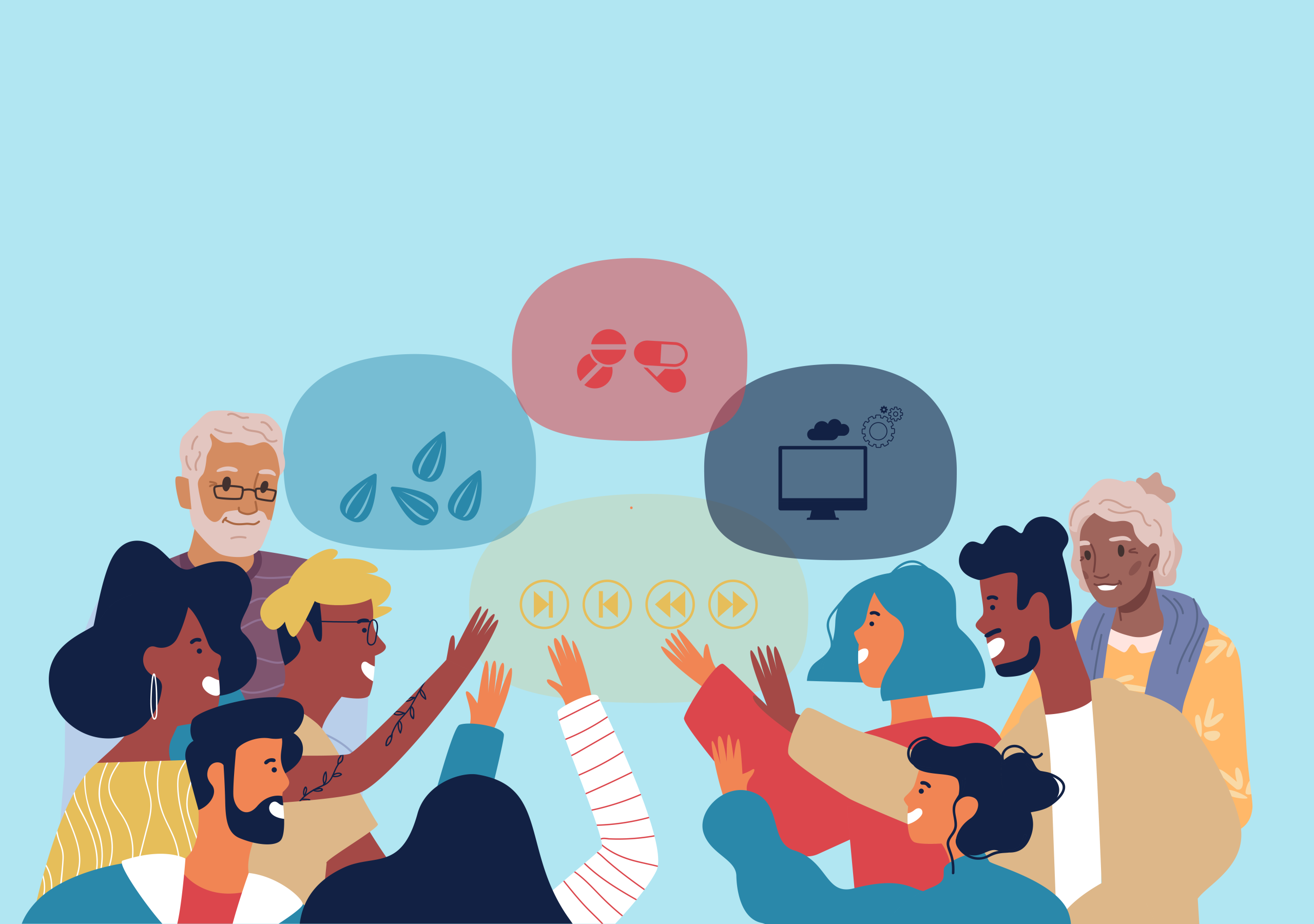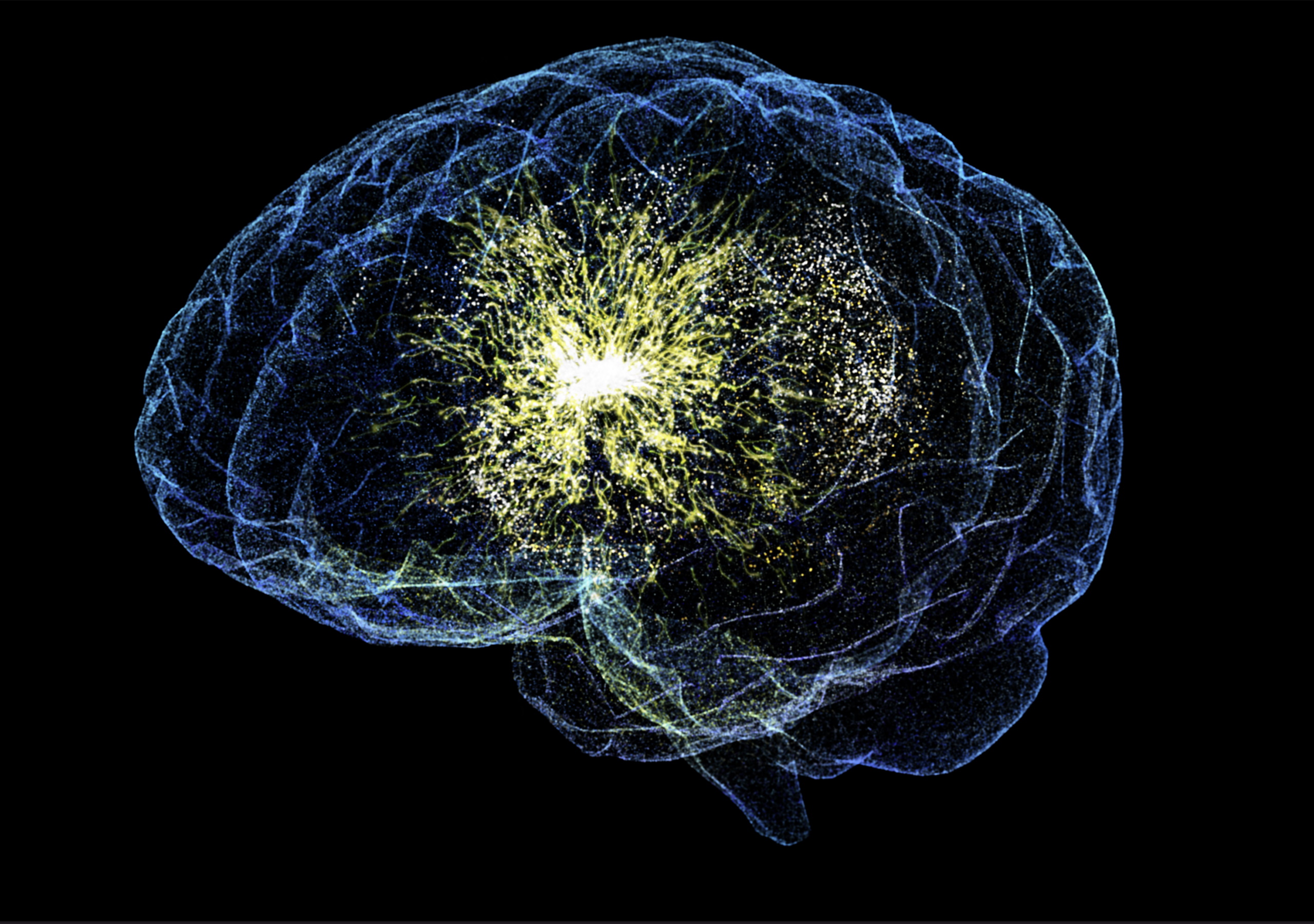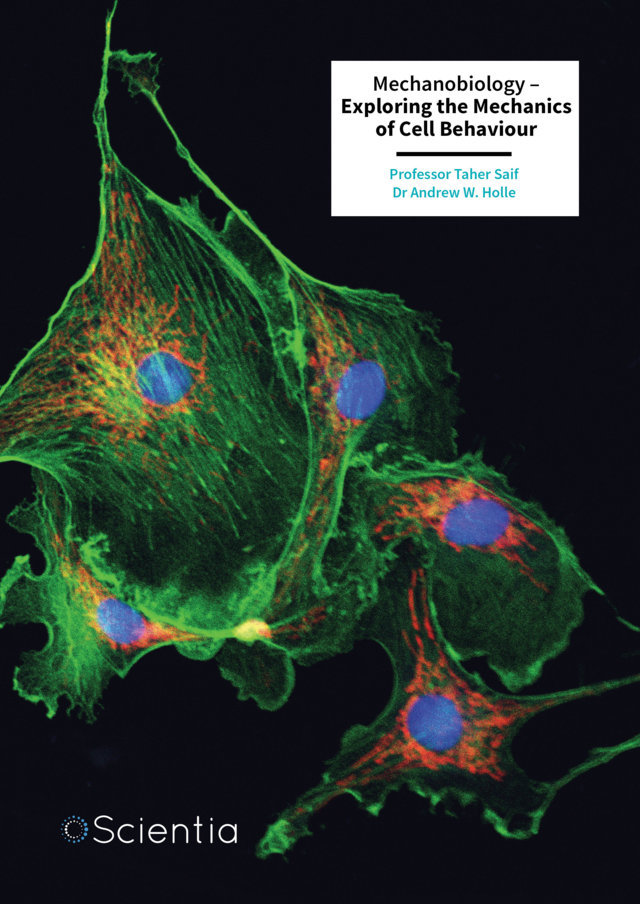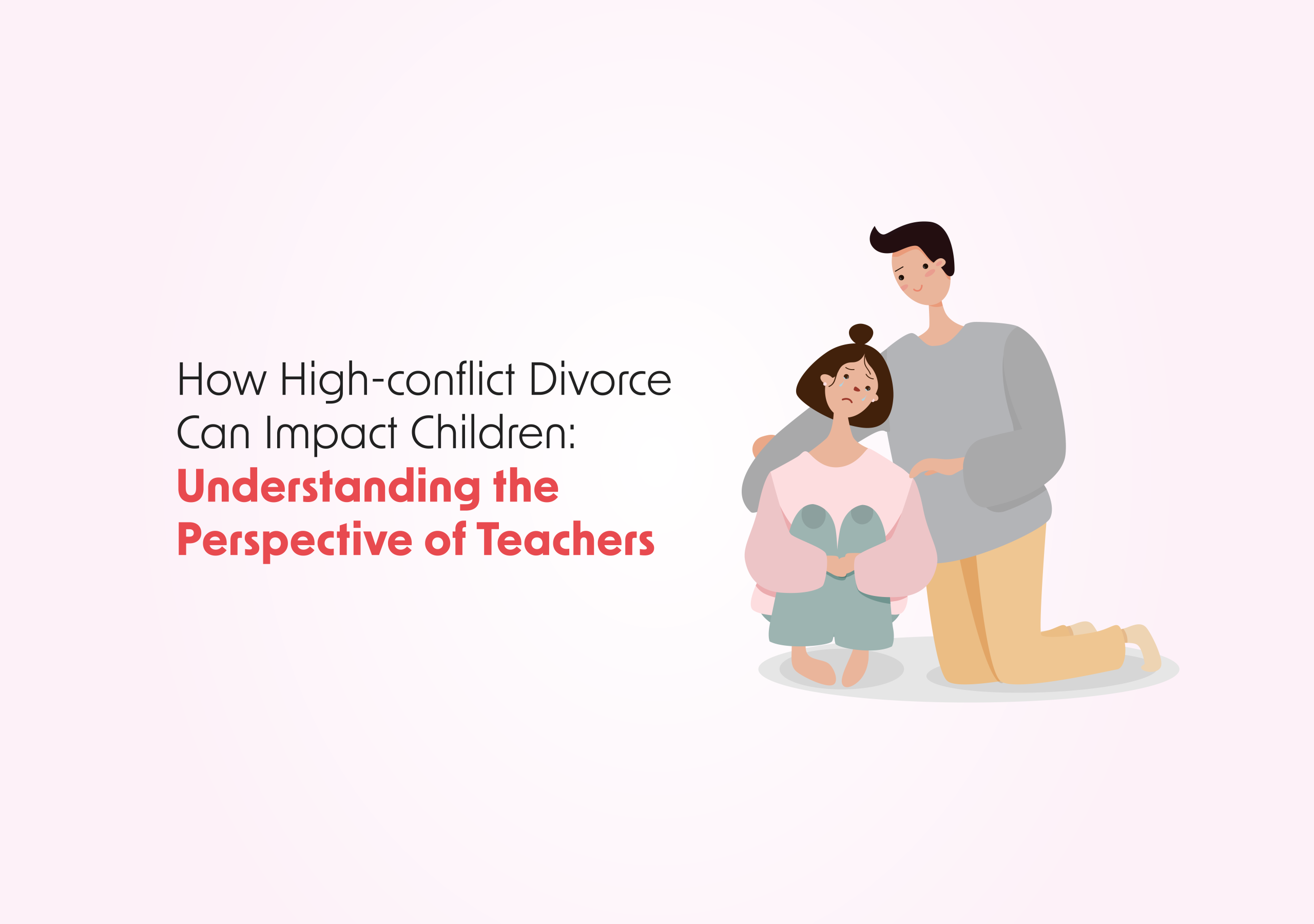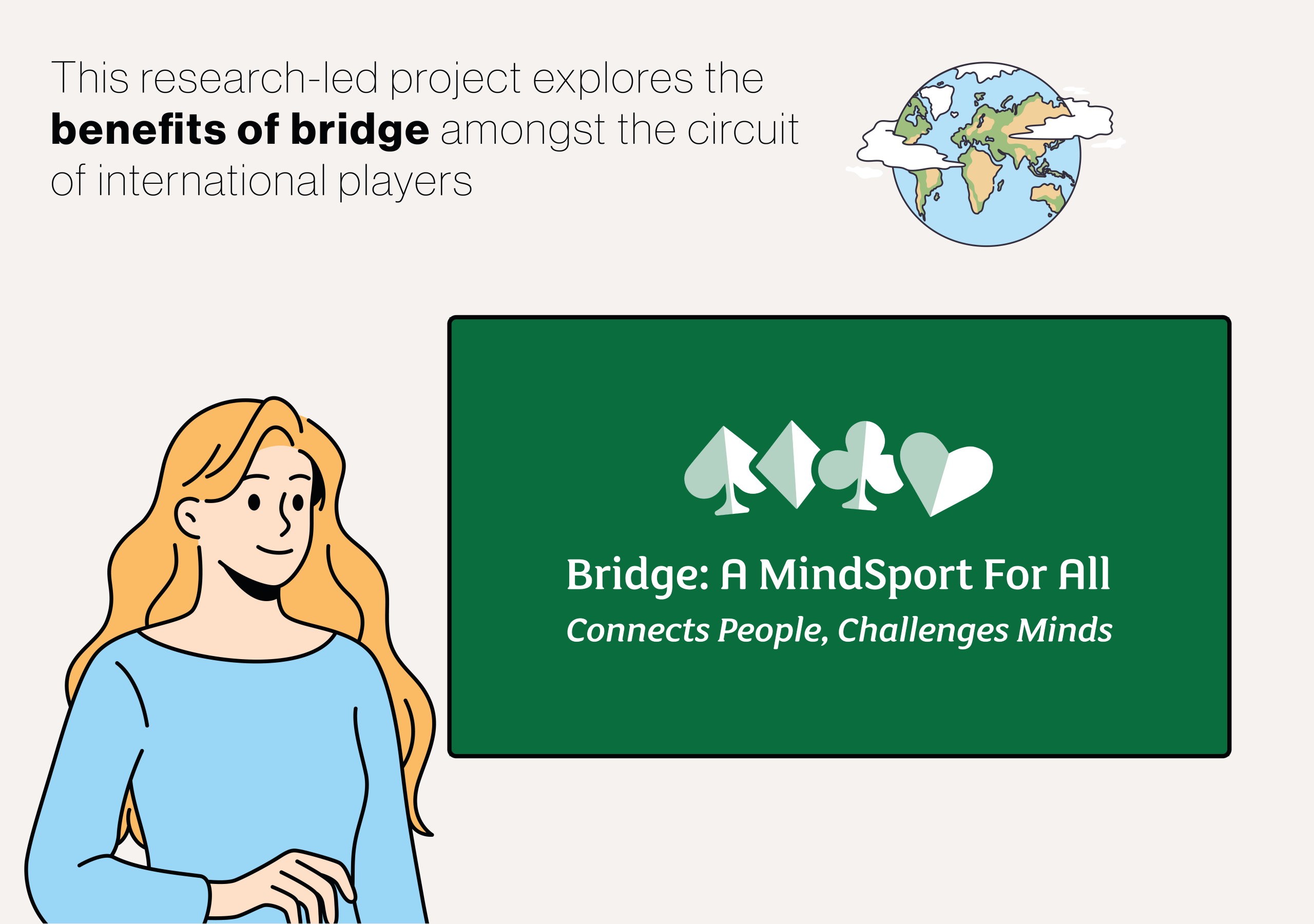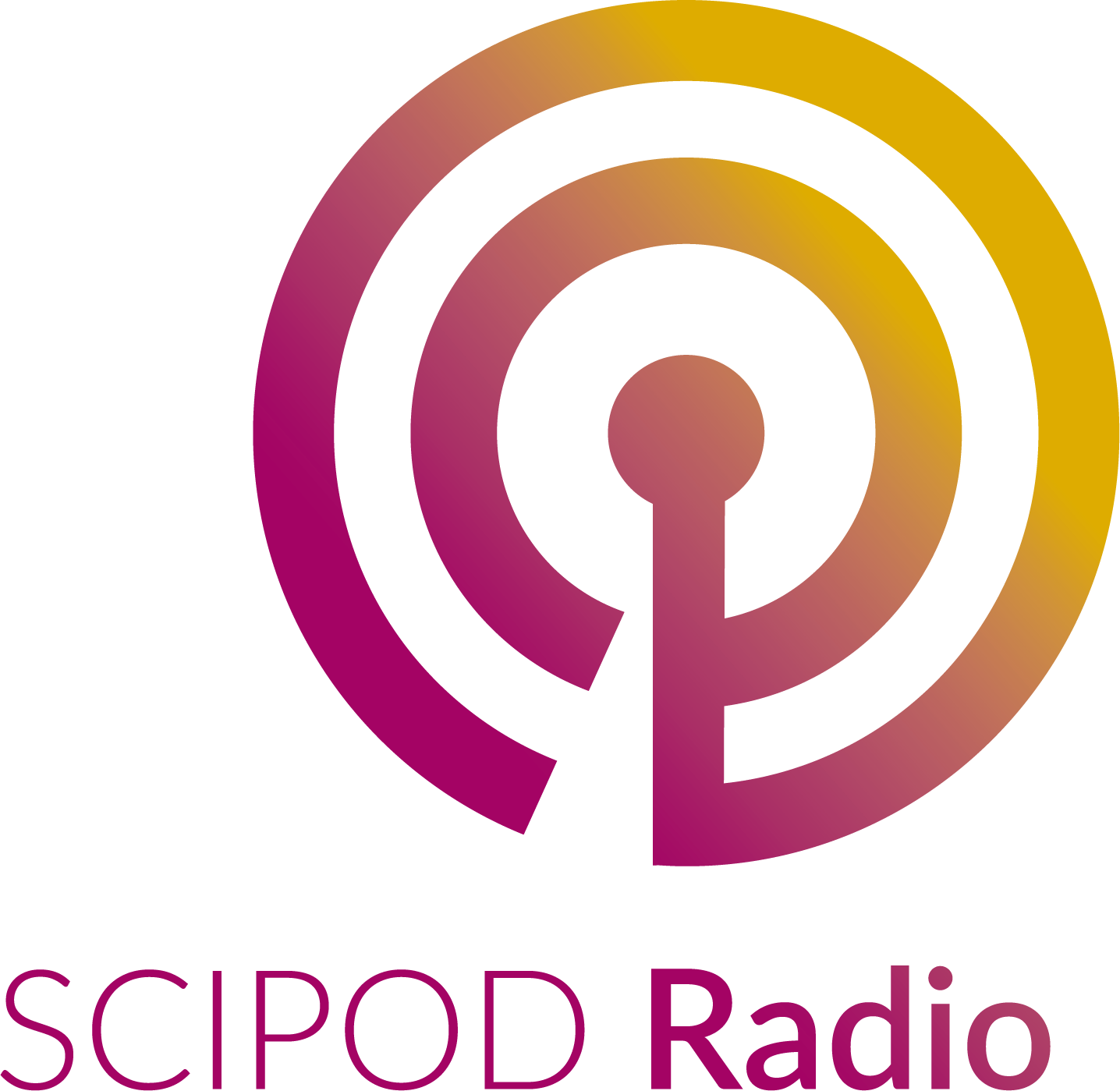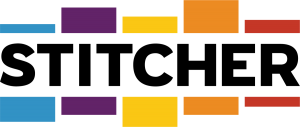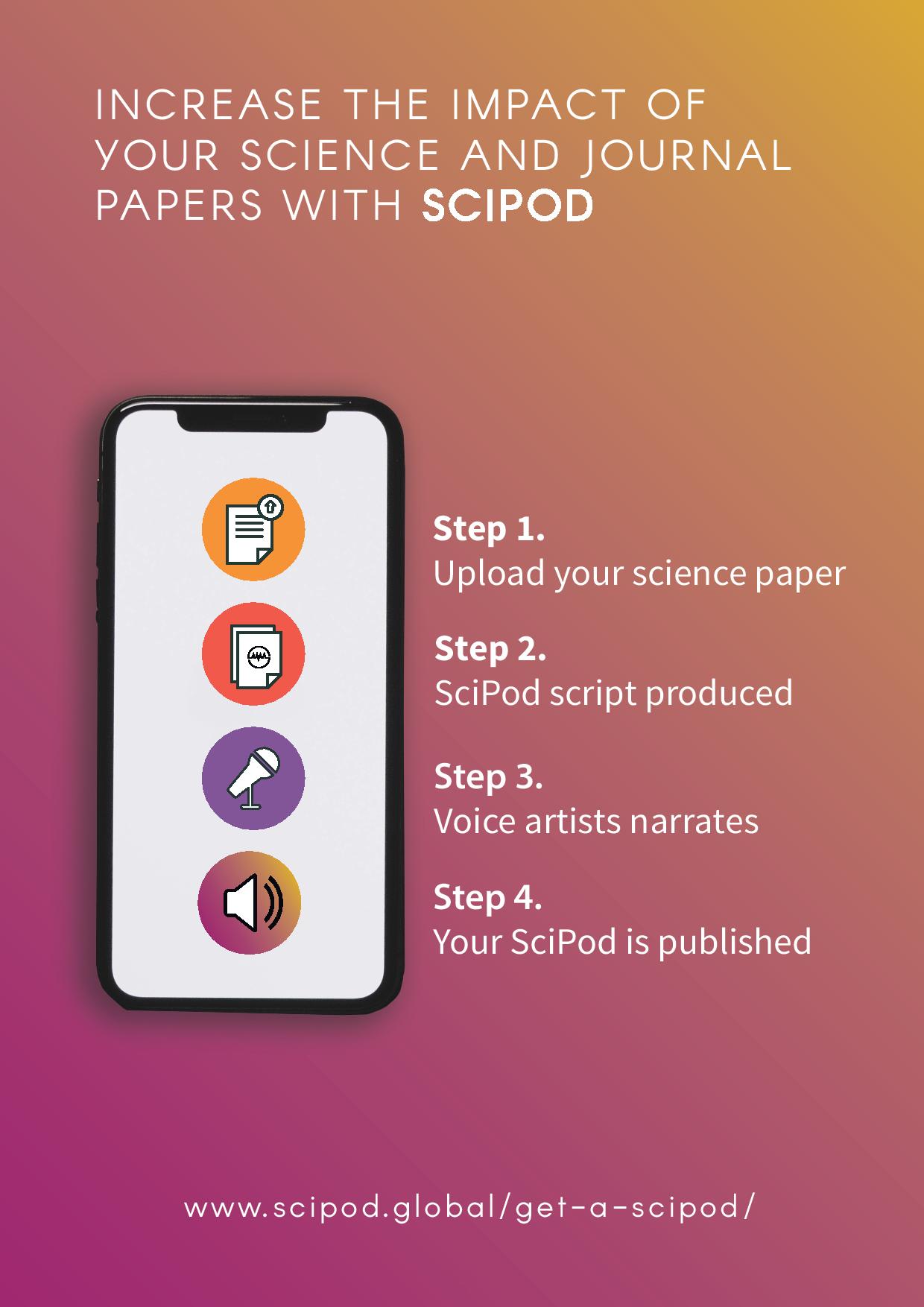Is Social Media Influencing Our Opinions Or Exposing Them? We Discuss With Dominique Brossard
In this weeks episode, we discuss the good, the bad and the ugly impact social media and other modern communication methods are having on the way we form opinions. We’re joined by Dominique Brossard, an expert on media, science and policy, science and social media, public understanding of science, public attitudes toward controversial science. She sheds light on the impact of modern communication channels.
Resources mentioned:
Dominique’s university profile and contact information:https://experts.news.wisc.edu/experts/dominique-brossard
More SciPods Radio episodes you may like
Dr John Kershner | Understanding the Causes and Brain Mechanisms Behind Dyslexia
Audiobook
About this episode
Individuals with dyslexia encounter difficulties in learning to read, despite possessing a normal level of intelligence and having access to qualified teachers and educational materials. However, the causes of dyslexia remain disputed. One suggestion is that dyslexia may be related to stress, either experienced by the afflicted individual at a young age, or through inheriting stress-related biological changes from their parents. Dr John Kershner, a neuropsychologist at the University of Toronto, has conducted extensive research on this alternative hypothesis and provides compelling evidence to support this emerging concept. More
Original Article Reference
This Audio is a summary of the paper ‘Early life stress, literacy and dyslexia: an evolutionary perspective’, in Brain Structure and Function, doi.org/10.1007/s00429-024-02766-8, licensed under a Creative Commons Attribution 4.0 International license, https://creativecommons.org/licences/by/4.0/.
Contact
For further information, you can connect with Dr Kershner at John.kershner@utoronto.ca
This work is licensed under a Creative Commons Attribution 4.0 International License. 
What does this mean?
Share: You can copy and redistribute the material in any medium or format
Adapt: You can change, and build upon the material for any purpose, even commercially.
Credit: You must give appropriate credit, provide a link to the license, and indicate if changes were made.
Increase the impact of your research!
More episodes
Dr. P. R. Raghavan | The Potential Effects of a Dietary Supplement on a Range of Health Issues
Audiobook
About this episode
Dr. P. R. Raghavan, CEO and Chairman of Nanorx Inc., developed Metadichol, a nutritional supplement that has shown potential in treating a range of health issues. Dr. Raghavan suggests that the supplement may help to stave off illnesses such as diabetes and antibiotic-resistant infections. More
Contact
For further information, contact Dr. Raghavan at raghavan@nanorxinc.com
This work is licensed under a Creative Commons Attribution 4.0 International License. 
What does this mean?
Share: You can copy and redistribute the material in any medium or format
Adapt: You can change, and build upon the material for any purpose, even commercially.
Credit: You must give appropriate credit, provide a link to the license, and indicate if changes were made.
Increase the impact of your research!
More episodes
Dr. Matthew Sherrer | An Infinite Game Mindset for Enhanced Cooperation in Anesthesia
Audiobook
About this episode
Anesthesia in the US is currently delivered through a team-based approach, with physician anesthesiologists supervising certified registered nurse anesthetists. However, in over 20 states, there is no requirement for nurse anesthetists to be supervised by anesthesiologists, allowing them to work independently. This has resulted in a bitter turf war over the rights and responsibilities of physicians and advanced practice nurses working in this discipline to provide patient care, paving the way for daily acrimony and a toxic working environment. The mindset behind this adversarial approach can be compared with a “finite game”, where there are clear winners and losers. Aiming to challenge this dysfunctional tribalism, Dr. Matthew Sherrer from the University of Alabama Birmingham and colleagues have drawn on an alternative mindset: the infinite game. More
Original Article Reference
This Audio is a summary of the paper ‘The Infinite Game: One Possible Future of Anesthesia in the United States’, in Anesthesia & Analgesia, doi.org/10.1213/ANE.0000000000006628
Contact
For further information, you can connect with Dr. Matthew Sherrer at dsherrer@uabmc.edu
This work is licensed under a Creative Commons Attribution 4.0 International License. 
What does this mean?
Share: You can copy and redistribute the material in any medium or format
Adapt: You can change, and build upon the material for any purpose, even commercially.
Credit: You must give appropriate credit, provide a link to the license, and indicate if changes were made.
Increase the impact of your research!
More episodes
Professor Pei Wang | Defining AI to Ensure Effective Research and Policymaking
Audiobook
About this episode
Artificial intelligence – or AI – is receiving increasing attention for its rapid development and potential to change society. Researchers are working hard to develop its capabilities, while regulators are racing to ensure it is managed and governed properly. But what do we mean by AI, and how can we define such a complex term? In a recent paper, Professor Pei Wang at Temple University argues that the lack of an agreed definition makes it difficult for policymakers to assess what AI will be capable of in the near future, or even which kinds of AI are desirable. To combat this, he discusses what makes a robust definition, and suggests his own. More
Original Article Reference
This Audio is a summary of ‘On Defining Artificial Intelligence’ in the Journal of Artificial General Intelligence, doi.org/10.2478/jagi-2019-0002
Contact
For further information, you can connect with Professor Pei Wang at pei.wang@temple.edu
This work is licensed under a Creative Commons Attribution 4.0 International License. 
What does this mean?
Share: You can copy and redistribute the material in any medium or format
Adapt: You can change, and build upon the material for any purpose, even commercially.
Credit: You must give appropriate credit, provide a link to the license, and indicate if changes were made.


